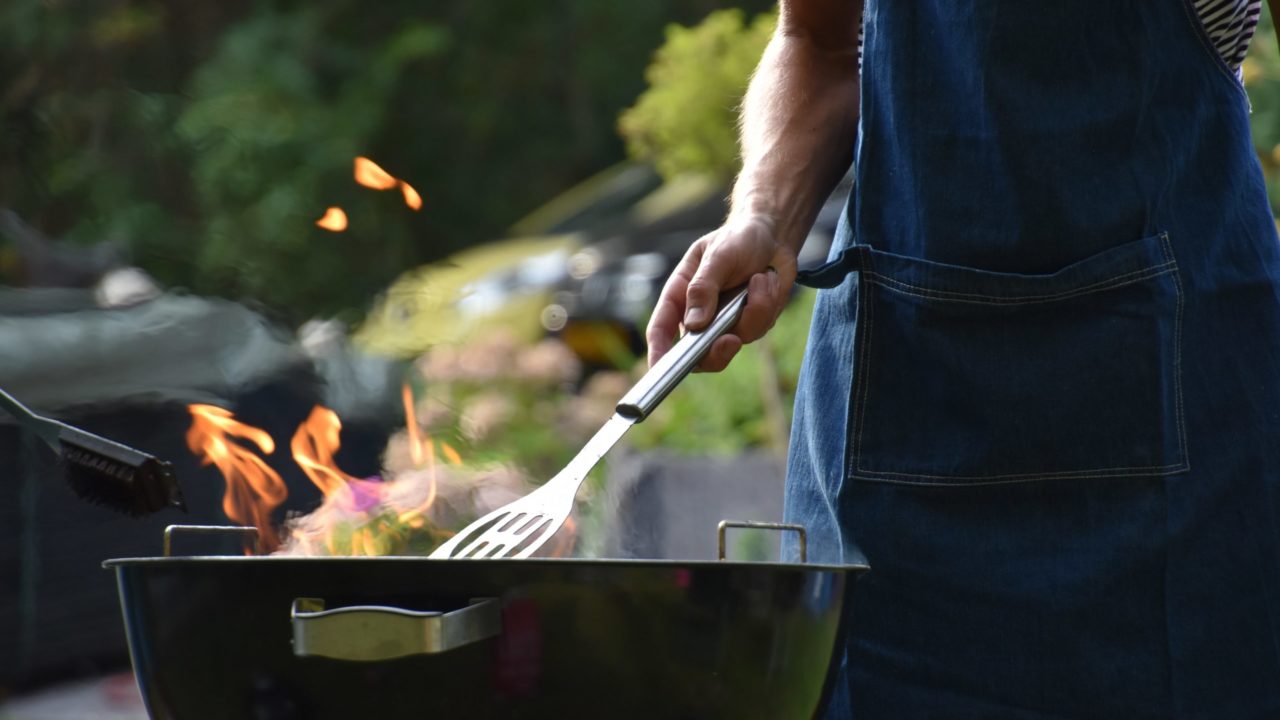With people spending more time at home this summer, the risk for burns is higher.
Whether it is a burn that happens while cooking, sunburns or injuries caused by bonfires, some simple prevention procedures can make your summer a little brighter, said Dr. Fred Mullins, president and CEO of Burn and Reconstructive Centers of America.
“Burns can happen in the blink of an eye,” said Dr. Mullins. “A person can get easily distracted when participating in outdoor activities, and it is often in that moment when your guard is down when an accident can happen.”
Avoiding summer burns starts with making sure you are prepared to venture out in the sun. Apply a sweatproof, broad-spectrum sunscreen with at least an SPF of 35 (which protects against both UVA and UVB rays) 30 minutes before you plan to go out in the sun, and then reapply the sunscreen regularly if you are sweating profusely or spending time in the water, Dr. Mullins recommends. It is also important to wear appropriate clothing and sunglasses.
“People should also remember that just because they can’t see the sun because of clouds doesn’t mean they are not getting burned by UV rays,” he said. “Some of the worst burns can occur on cloudy days because people are not as careful or thorough with sunscreen.”
But what happens if you do get burned?
First, you need to determine the severity of the burns. Blisters can indicate a more severe burn, which could require emergency medical treatment. Also, make sure that there is no swelling associated with the burn that could make it difficult to breathe or swallow.
If you do get burned, there are a few simple “dos” and don’ts” to help alleviate the pain and minimize skin damage:
- DO use antibiotic ointment and keep injured areas clean.
- DO wear loose-fitting clothes that do not irritate the skin.
- DO apply aloe or lotion to help cool and moisturize the burn.
- DO take an over-the-counter pain reliever, like ibuprofen.
- DON’T use ice or very cold water.
- DON’T use butter or oil as they may exacerbate the burn.
- DON’T break any blisters.
- DON’T take prescription pain pills without consulting a doctor.
Getting sunburned is only one of the risks that come along with spring and summer activities.
Gas grills can be another potential danger. Make sure the grills are used in a properly ventilated area and that once the food is cooked, the grill has cooled properly.
“In the kitchen, we recommend creating a three-foot safety barrier for children around the stove,” said Dr. Mullins. “Employ that same tactic around your grill, even when it is not lit. Some of the most painful burns we see are children who have accidentally touched a hot grill.”
Spring and summer also present opportunities for people to clean up their yards, and maybe burn trash and other debris. Each year, several patients are admitted to the burn unit after getting scorched burning leaves or other waste items. Often, such accidents involve the use of gasoline or other accelerants, Dr. Mullins said.
“You should also know exactly what is in the pile you are burning,” he said. “We have seen people severely injured when something like a paint can exploded in their trash fire.”
Another danger that comes along with warmer weather is fireworks, which should never be handled by children – even if adults are supervising the children. Make sure a hose or bucket of water is always nearby, just in case.
And there is one more hidden danger some parents may not consider: the risk of a burn on common playground equipment. In the searing spring and summer sun, some surfaces, like slides or walkways, can reach 200 degrees or more.
“When exposed skin, or even skin that is thinly covered, touches a surface at that temperature, the burn occurs almost immediately,” Dr. Mullins said. “With children, it can be a deeper burn because their skin is thinner than adults.”
